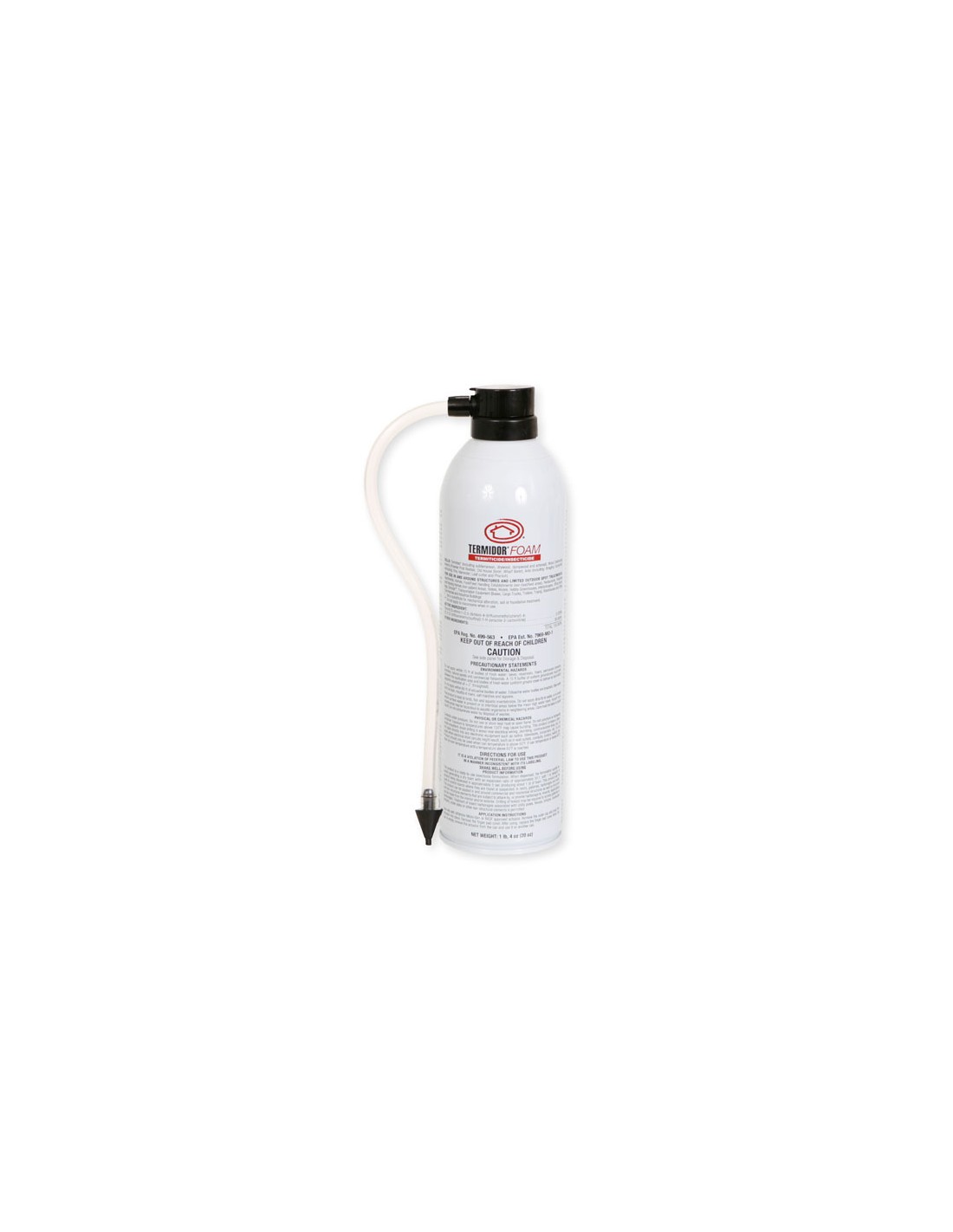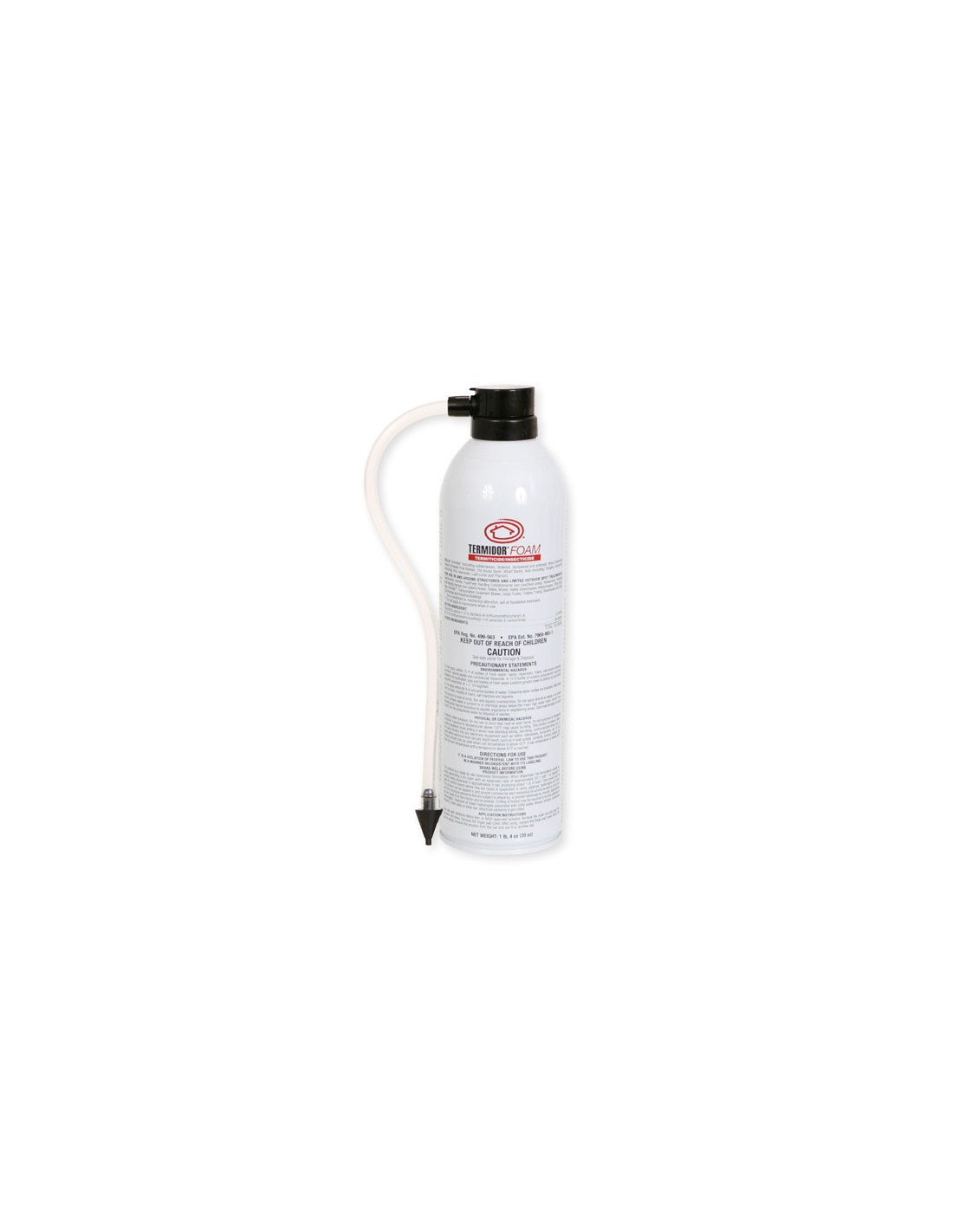Answer

Apr 29, 2020 - 03:52 AM
In most cases, foaming into the wall voids where plumbing exists is the easiest way to treat. The only problem is that you usually can't see the actual plumbing and / or see the actual termite tubes that follow the plumbing into the wall from under the house. Foaming into the walls usually accomplishes this - it allows Termidor to soak into the wood. That's it.
If you apply enough foam then all a good portion of the wood is (sill plates, studs) gets saturated. If you don't apply enough foam then only a small portion of the wood gets treated. Control of the termites usually depends on getting enough chemical into the area where they are feeding, and in some cases using enough chemical to soak through their tunnels and expose them directly.
Knocking down the termite tunnels with a screwdriver or putty knife and then saturating the area with chemical is the best method of controlling them.
In order to actually knock the termite tunnels down, you need an access. We sometimes cut small holes in the sheetrock (6"x6") between the studs that we can shine a flashlight into the wall and see the plumbing and termite tunnels. After knocking the tunnels down, we spray the entire area and thoroughly saturate the wood. You don't need foam to do this. Termidor concentrate is cheaper and faster to apply.
After treating the area, we seal the hole with duct tape and place a small air conditioning vent cover over it to hide it. You can do this for almost all plumbing areas.
Bath traps, hot water heater pipes, washing maching drain pipes, water lines, etc, can all be done this way. Do as little or as much as you want.
Bottom line is that you don't need to drill through a slab to control termites. Drilling can pose a serious list of hazards, hitting a water line is only 1 of them. We don't drill slabs unless absolutely necessary. This is the way we treat slab foundations and our retreatment rates is less than 1%.
Hope this helps.
Ron
If you apply enough foam then all a good portion of the wood is (sill plates, studs) gets saturated. If you don't apply enough foam then only a small portion of the wood gets treated. Control of the termites usually depends on getting enough chemical into the area where they are feeding, and in some cases using enough chemical to soak through their tunnels and expose them directly.
Knocking down the termite tunnels with a screwdriver or putty knife and then saturating the area with chemical is the best method of controlling them.
In order to actually knock the termite tunnels down, you need an access. We sometimes cut small holes in the sheetrock (6"x6") between the studs that we can shine a flashlight into the wall and see the plumbing and termite tunnels. After knocking the tunnels down, we spray the entire area and thoroughly saturate the wood. You don't need foam to do this. Termidor concentrate is cheaper and faster to apply.
After treating the area, we seal the hole with duct tape and place a small air conditioning vent cover over it to hide it. You can do this for almost all plumbing areas.
Bath traps, hot water heater pipes, washing maching drain pipes, water lines, etc, can all be done this way. Do as little or as much as you want.
Bottom line is that you don't need to drill through a slab to control termites. Drilling can pose a serious list of hazards, hitting a water line is only 1 of them. We don't drill slabs unless absolutely necessary. This is the way we treat slab foundations and our retreatment rates is less than 1%.
Hope this helps.
Ron





Add New Comment